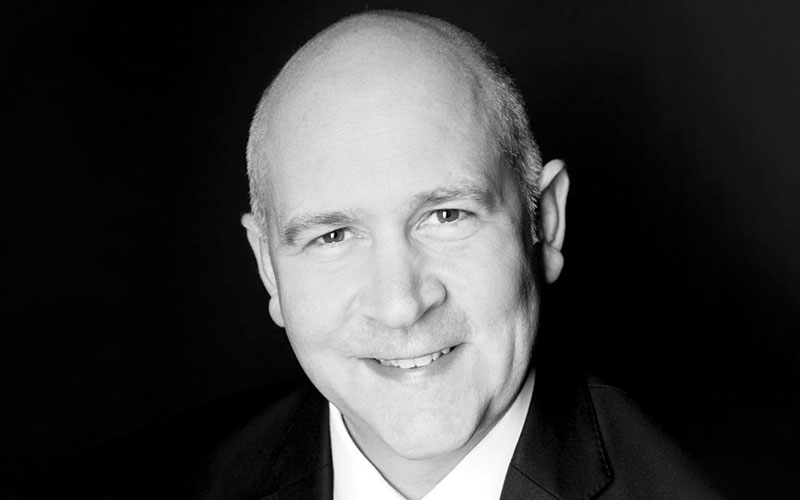From the Chief Executive: February 2020
In this edition we explore the energy industry’s ambitions to move ahead to net zero before and after this year’s COP26 conference in Glasgow

‘People have got the message that this is serious and has to happen.’
These are the closing words of Baroness Brown of Cambridge, this month’s View from the top interviewee. She sums up what many governments, thought-leaders, activists and, increasingly, industry bosses want 2021 to be about.
COP26 will be taking place in Glasgow in November of this year, and with US President Joe Biden now also signing
up to net-zero carbon commitments by 2050, it is likely that all the world’s leaders will be there to create the next globally binding series of decarbonisation and sustainability commitments. What a year it could be! The challenge will be how to match the pace of ambition that will undoubtedly come from COP26 with the ability of industry and the behaviour of society.
The EIC projects database EICDataStream lists 10,000 CAPEX projects already announced and due to be commissioned globally during the next five years, totalling US$10trn. It makes sobering reading in terms of the mountains we need to climb in order to truly decarbonise the planet.
Oil and gas investments, across upstream, midstream including LNG, downstream and decommissioning, will remain by far the largest global energy investment market by value for the next five years and beyond, at approximately two-thirds of total global spend. This underpins the fact that the existing energy supply chain – currently the subject of huge PR campaigns to de-oil – will have to continue to rely on oil and gas clients and traditional hydrocarbon projects in order to survive for at least the next five years.
Mature renewable markets, namely onshore wind, offshore wind and solar PV, are growing fast, largely due to the amazing work at COP21 and the Paris Climate Accord. This now accounts for approximately one-quarter of the market value for the next five years – great progress, but not enough to feed the hungry energy supply chain.
Mature renewable projects are typically low margin and fully commoditised, and are the new target of international oil companies that need to diversify fast to meet net-zero commitments. This sector is their stated target for taking an initial low-risk, low-cost turn into the green space. This will make the space crowded and put it under even more cost pressures.
Finally, the energy transition market, covering hydrogen, CCUS, energy storage and floating offshore wind, is in its infancy globally and is more than five years from being at scale; its cumulative market value is just 2% of the global market during the next five years. This is a reality check – we all love to discuss the energy transition, but it’s not yet something to exclusively diversify into. It’s a future market: exciting for sure, but companies should look elsewhere in the short term for the majority of their investments and revenues.
Stuart Broadley Chief Executive Officer, Energy Industries Council stuart.broadley@the-eic.com






Follow us
Advertise
Free e-Newsletter